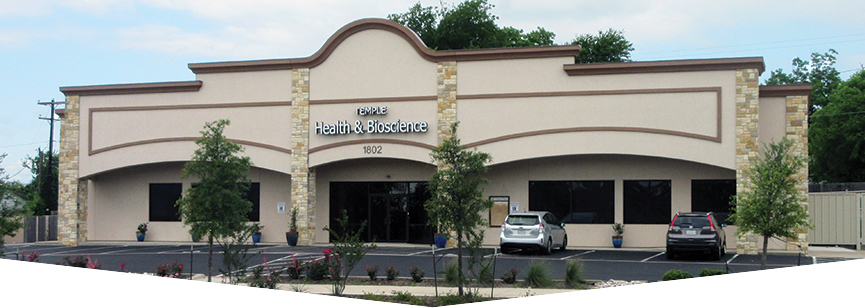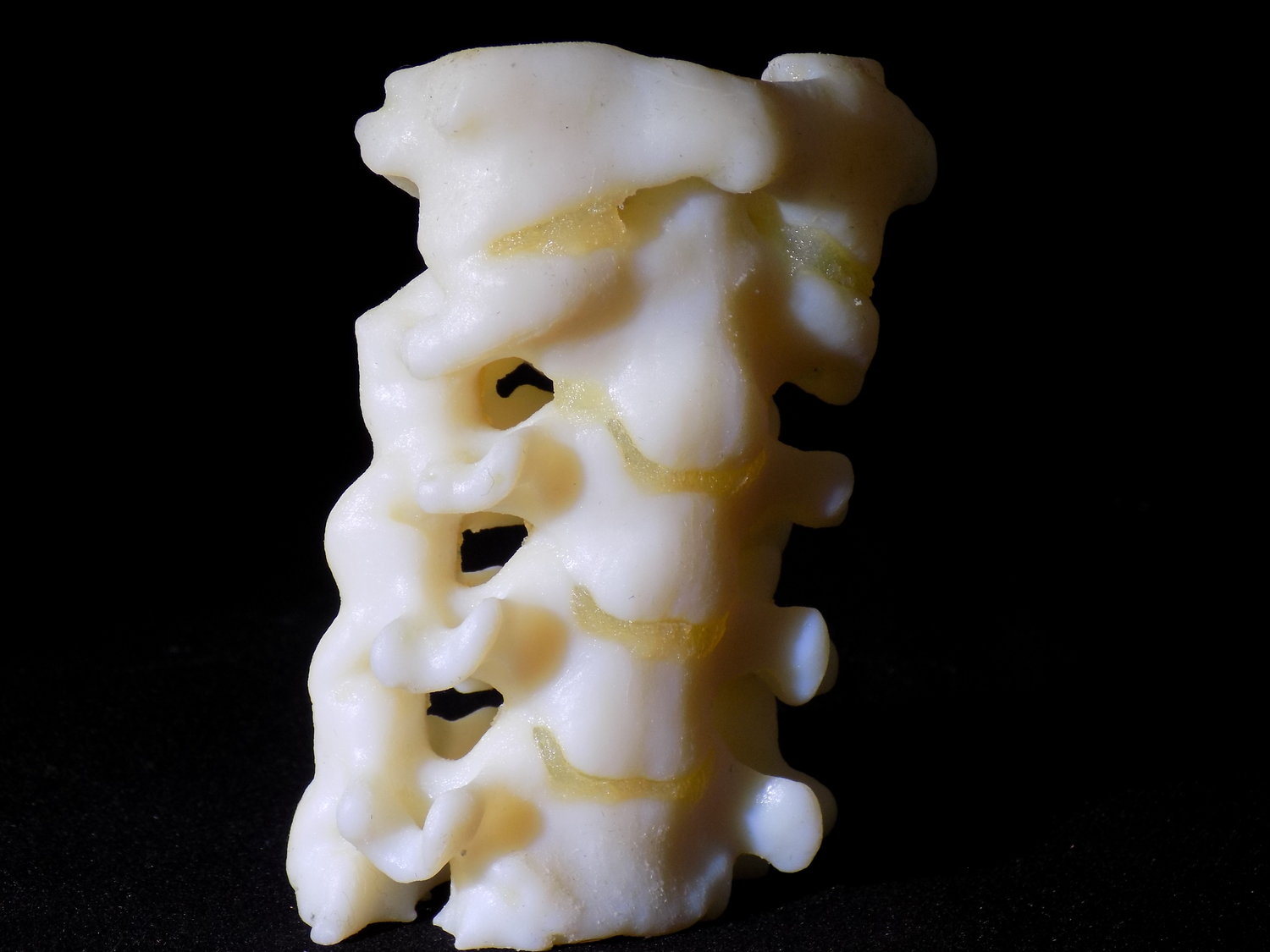The Temple Health & Bioscience District (THBD) in Texas are supporting the development of medical 3D printing startup SiMMo3D. Offering affordable 3D printed tools for surgical planning, the startup company demonstrates the growing demand of this application of 3D printing. The startup has recently received a $20,000 grant from the THBD where they are based. According to the company,
SiMMo3D mimics the texture and visual aesthetic of body tissue and human anatomy with synthetic polymer resin.
3D printing has significant application for the medical industry and particularly for surgical planning. As we’ve seen recently, with 3D Systems’ expansion of their Virtual Surgical Planning service to support cranial surgery. The service was used in the groundbreaking 27-hour long surgery to separate the McDonald conjoined twins.

Temple Health & Bioscience District
The THBD is a state-funded institution that “provides premier office and lab space for early-stage biotech companies that are taking health-related products from conception to manufacturing.” The 5,000 sqft facility houses multiple labs, offices and equipment including a Stratasys Objet 350 3D Printer.
Executive Director of THBD, Jack Hart, praises the startup company saying,
We see SiMMo3D’s technology as an investment into the future of the medical industry so that surgeons can be more precise, doctors can better demonstrate diseases to their patients, researchers can gain better insight and medical students can be more prepared for what lies ahead.
SiMMo3D
SiMMO3D use MRI and CT scans as digital models for their 3D printing. This allows for the creation of precise models that can also replicate the state of diseases. Which has application for education as well as surgical planning. Furthermore, the 3D printed models provide an affordable and accurate alternative to cadavers.
Colin Dodson, CTO and Co-Founder of SiMMo3D, explains the benefit of their 3D printed medical devices,
Cadavers with rare and complex disease states that are currently unavailable or take years to acquire can now be simulated on a large scale quickly and at an affordable rate.

Future of 3D printing in Medicine
Ryan Quinn, CEO and Co-Founder of SiMMo3D, signifies the importance of the models,
We are proud to offer 3D-printed organ models that are accessible and affordable to more researchers, students and educational institutions. These tools are training doctors by shifting the learning paradigm from memorizing facts to tactile learning. The product we create today will be used to better train the doctors of tomorrow, which saves more lives in the future.
Featured image shows a selection of 3D printed organs from SiMMO3D. Image via SiMMO3D.


